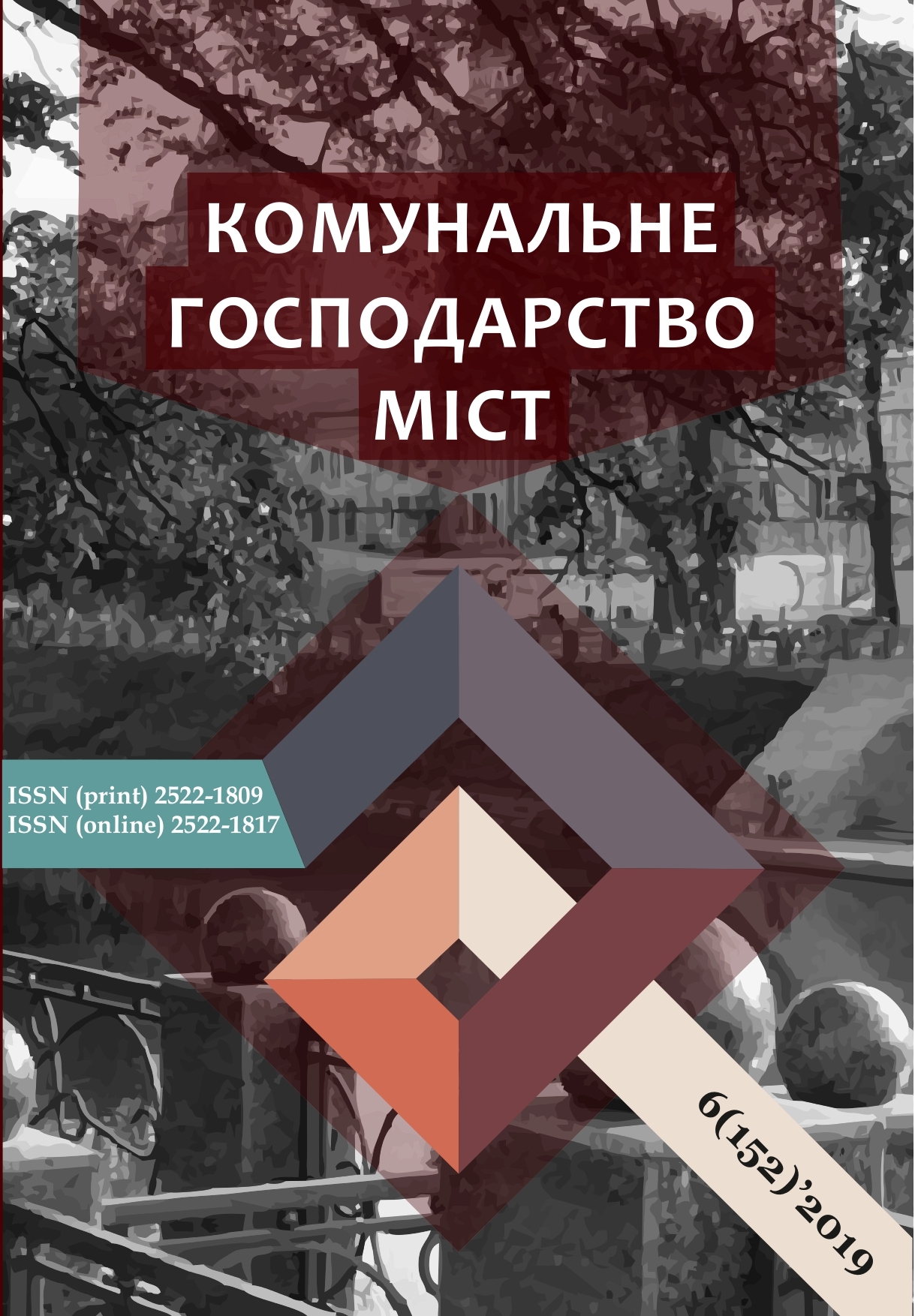DYNAMIC OF TRAFFIC FLOW
Array
Keywords:
traffic flow, flow rate, intensity, speed, density, road and transport potentials, exergy.Abstract
The traffic flow theory studies the phenomena associated with the functioning of traffic flows in a particular way, compared to other sciences. This theory relies on the study of the traffic rules in a variety of road conditions, with different levels of traffic control and in different composition of traffic flows. The existing traffic flow theory is not fully adequate, since it does not consider the continuous saturated traffic flow and does not encompass all possible traffic flow situations and cars in the traffic flow in various urban settings. The duality of cars is thus not taken into account.
To increase the road throughput, creating of operational control systems to regulate saturated traffic flows on existing roads requires more in-depth knowledge of traffic flow conditions and their special features.
To address various applied problems arising in calculating the throughput of city roads, while taking into account various traffic management methods and ensuring safety requirements, it is, first and foremost, necessary to make equations of traffic flow motions, which describe traffic dynamics on various geometric highway segments.
Traffic flow dynamics represents a continuous change in the state of the road-traffic system at the beginning of acceleration, along the drive and at the end of the haul (compression of the flow during engine braking). State equations are therefore systematized in the form of changes in the speed and number of vehicles in traffic under the influence of traffic power.
The revealed traffic flow potential and traffic management with generalized state equations make it possible, already at the stage of designing roads and city highways, to ensure a high level of road safety for modern saturated traffic flows.
The initial state of the traffic flow on the road is determined by the distribution of intensity and speed along its length at the time, , i.e. the functions и . Yet, the traffic flow state at the current time is rather determined by the system of functions, and not by the system of numbers i.e. and .
References
Vol, M., Martin, B. (1981) Analysis of transport systems. Transport, 514.
Guk, V. (2017). Teoriya izmeriteley transportnykh potokov. Parametryi traffika [Theory of traffic flow meters. Traffic Settings]. Palmarium Academic Publishing, 162.
Guk, V.I. (1991). Elementyi teorii transportnykh potokov i proektirovanie ulits i dorog [Elements of the theory of transport flows and the design of streets and roads]. Kyiv: UMK VO, 254.
Guk, V.I., Shkodovskiy, Yu.M. (2009). Transportnye potoki: teoriya ta yikh zastosuvannya v urbanistytsi. [Traffic flow: the theory of the past of urbanistic]. Kharkov: Zoloti storinky, 232.
Drew, D. (1972) The Theory of traffic flows and management. Transport, 424.
Potthoff, G. (1975) The Doctrine of traffic flows. Transport, 344.
Silyanov, V. V. (1977) Theory of traffic flows and road design and traffic organization. Transport, 303.
Heyt, F. (1966) Mathematical theory of transport flows. World, 286.
Eickhoff, P. Bases of identification of control systems. Estimation of parameters and state. World, 684 .
May, A.D. et al. (1999) Сараcity and Level Service for Freeway Facilities, Fourth Interim Report. SAIC Corp.
Palchik, А. M. (2010) Transport flows. Kyiv National transport University, 171.
Zaporozhtseva, O. V. (2018) The Beginning of the dynamic theory of transport flow. Lutsk National Technical University, 2(11), 63-67.
Downloads
Published
How to Cite
Issue
Section
License
The authors who publish in this collection agree with the following terms:
• The authors reserve the right to authorship of their work and give the magazine the right to first publish this work under the terms of license CC BY-NC-ND 4.0 (with the Designation of Authorship - Non-Commercial - Without Derivatives 4.0 International), which allows others to freely distribute the published work with a mandatory reference to the authors of the original work and the first publication of the work in this magazine.
• Authors have the right to make independent extra-exclusive work agreements in the form in which they were published by this magazine (for example, posting work in an electronic repository of an institution or publishing as part of a monograph), provided that the link to the first publication of the work in this journal is maintained. .
• Journal policy allows and encourages the publication of manuscripts on the Internet (for example, in institutions' repositories or on personal websites), both before the publication of this manuscript and during its editorial work, as it contributes to the emergence of productive scientific discussion and positively affects the efficiency and dynamics of the citation of the published work (see The Effect of Open Access).

